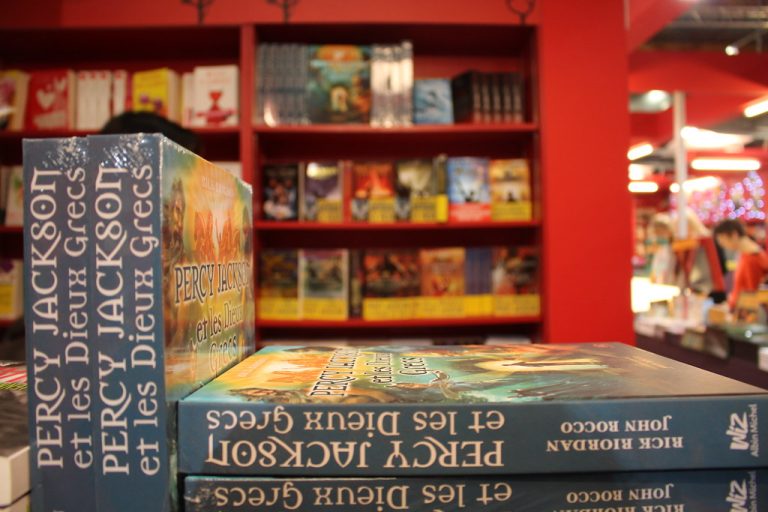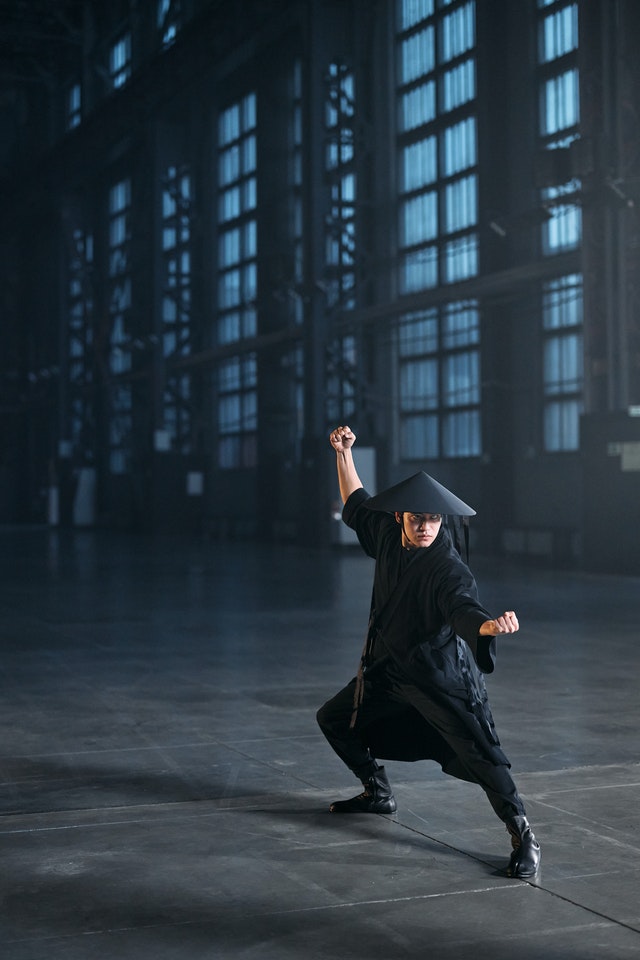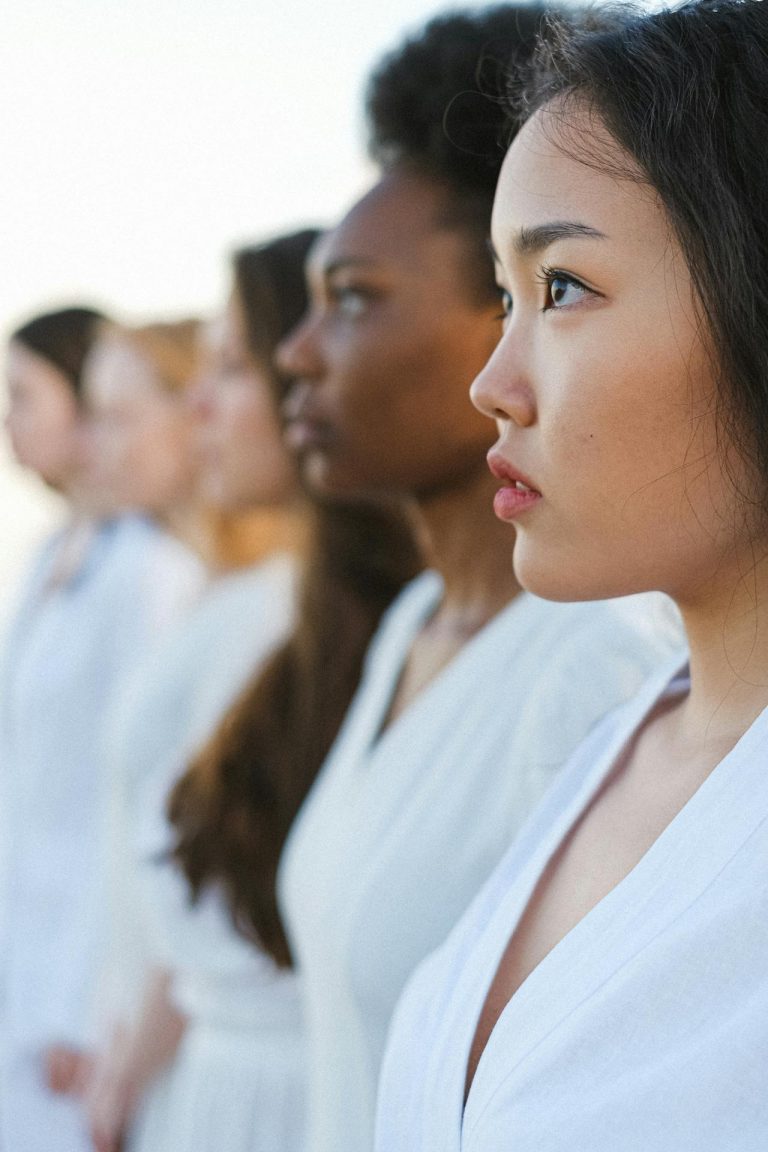How the Media Views Protests
The first amendment in the American Bill of Rights, arguably the most debated, regards the freedom of speech, press, assembly, and petition. Many people have changed and twisted the meaning of the word “assembly” over time. Why are Black Lives Matter protests viewed as riots versus white supremacist “protests” viewed as patriotism? While many typically focus on speech, we will be focusing on assembly, petition, and how that has played out historically and influenced how media views protests.
Historically, protesting has been viewed as a sign of American patriotism. It is a way of maintaining freedom which has always been an important value since the creation of this country. The United States came to be be its own country because white, American colonists rebelled and protested against the tyrannical government of Britain in 1776 (Historyplex.com). Subsequent, American history tells stories of protests and campaigns fought for citizens to maintain those rights and freedoms.
The Boston Tea Party is a prime political example used to rally around the idea that protesting works. According to the Britannica article “Boston Tea Party,” when colonists dumped 342 chests of tea into the Boston Harbor in protest against high taxation and lack of representation in Britain. Many political cartoons of the time, a form of media, praised the colonists and denounced the British which incited even more political unrest. Every child learns this as one of the first protests in American history. It has always been cast in a good light because the protestors were rich, white men. Somehow when the narrative favors them, history always looks just.
If we take a look at the other side of history, the dark one, we find how the narrative shifts when protests are started by marginalized groups. Native Americans have a long history of protests turned battles through the 18th to 20th centuries against occupation and genocide. Protests against white American land grabs that were forcing indigenous tribes out of their homes in the 1860s typically did not lead to fair outcomes, but bloody violence and forced removals such as the Trail of Tears (Kumar). Most of these protests against injustice are lost in the margins of history books since they were not viewed as patriotic but as traitorous.
See related article How the Media Views Domestic Terrorism

Along the same lines, the struggles of Black Americans in the United States is a snapshot of civil rights movements, grass-root organizations, and coming together as a collective as a symbol of protest against injustices committed against them by their own government. Slavery was a stain on American history. Any attempts at liberation or equal rights was met with violence by ordinary white Americans and the entire United States government as well as military. The Civil Rights Movement of the 1960s and the suffrage movement of the 1920s paint a stark contrast on what happens when people of color, in comparison to white women, ask for the right to vote. Both of these instances were protests against inequality regarding the right to vote. Much of the women’s suffrage movement in the 1920s was for and led by white women with much success, leading to the 19th amendment in August of 1920 although it came with limitations behind the scenes (Gidlow). For many years, coverage of this historic event in newspapers was made to look like it spelled progress towards more equality. This was only the case for white women. Black, Latinx, Asian, and Indigenous peoples were still not allowed to vote until decades later. According to the same article, it was not until the civil rights movement of the 1960s, that encompassed many marginalized communities, that we saw the Voting Rights Act of 1965 implemented in order to grant the right to vote to all American citizens
In modern times, we see the distinction between how protests are viewed especially through media coverage. News coverage is essential to a protest’s viability and ensures their message is spread across the nation. Many protests and movements never gain momentum because of the lack of media outlets covering them. Even further, when there is a protest in regards to issues pertaining to people of color or other discriminated groups, it is negatively covered.

Black Lives Matter is the most common example of a movement/protest that is vilified by the media. Media, in this case, is defined by the Oxford Dictionary in th means of mass communication such as television news, newspapers, the internet, etc. Much of the major media news outlets that people use to view their news are “legacy newsrooms.” These are outlets that have been around for decades, even before the internet or television (Palmer). The New York Times or the Washington Post are some of the most reputable ones but they have also been known to lean towards covering media with obvious bias. When these major outlets cover Black Lives Matter, the word choice and tone are largely negative, “When Michael Brown was killed in 2014, The New York Times published an ill-conceived article that called Brown ‘no angel,’ suggesting a sinister nature for someone who was killed at the hands of law enforcement” (Eligon) Strikingly, this seems to be the case across the board when it comes to protests led by marginalized communities.
However, this is not the case when it comes to coverage on protests incited by white people. The 2020 Kenosha shootings after the killing of an unarmed Black man named Jacob Black shows how media covers news when it is is regarding white people. White shooter, Kyle Rittenhouse, has been applauded by many as a patriot defending his rights when he was involved in the Kenosha protests when he shot and killed 2 men (Salo). The picture painted was of a man defending his city and fellow counter-protestors. This seems to be the justification, historically, for when white people decide to “protest.” They are not vilified, but victimized and the opposite is true when it comes to minorities. A multitude of articles written about Rittenhouse battle with the question of whether he was a vigilante or victim. This article title by Reuters.com titled “Vigilante killer or scared kid? Two pictures of Rittenhouse at Wisconsin trial” show the privilege the media gives for white people when it comes to acts like protesting. Many people of color, especially Black men, are never given the option to be seen as anything but violent or aggressive.
Protests are a means to create change in society and their messages are often misconstrued in the media, depending on who is leading it. They are a vessel in which rightfully outraged citizens can express their views and beliefs. Historically, media is the primary way their messages are known but also a way to criminalize certain movements behind those protests. Media coverage, dating back long ago, does not always paint the most accurate, unbiased portrait. All protests deserve a level of visibility, but whether news channels or online articles reflect the truth, is yet to be determined.
Sources
“Boston Tea Party.” Encyclopædia Britannica, Encyclopædia Britannica, Inc., https://www.britannica.com/event/Boston-Tea-Party
Crowe, Kristen. “Cartoons: Dakota Access Pipeline Protests.” The Mercury News, The Mercury News, 16 Nov. 2016, https://www.mercurynews.com/2016/11/16/cartoons-dakota-access-pipeline-protests/
Eligon, John. “Michael Brown Spent Last Weeks Grappling with Problems and Promise.” The New York Times, The New York Times, 25 Aug. 2014, https://www.nytimes.com/2014/08/25/us/michael-brown-spent-last-weeks-grappling-with-lifes-mysteries.html
Gidlow, Liette. “Beyond 1920: The Legacies of Woman Suffrage (U.S. National Park Service).” National Parks Service, U.S. Department of the Interior, https://www.nps.gov/articles/beyond-1920-the-legacies-of-woman-suffrage.htm
Kumar, Priyanka. “How Native Americans Battled a Brutal Land Grab by an Expanding America.” The Washington Post, WP Company, 4 Nov. 2016, https://www.washingtonpost.com/opinions/how-native-americans-battled-a-brutal-land-grab-by-an-expanding-america/2016/11/04/69dd7c00-8402-11e6-92c2-14b64f3d453f_story.html
Layne, Nathan. “Vigilante Killer or Scared Kid? Two Pictures of Rittenhouse at Wisconsin Trial.” Reuters, Thomson Reuters, 3 Nov. 2021, https://www.reuters.com/world/us/opening-arguments-set-trial-us-teen-charged-fatal-protest-shootings-2021-11-02/
Palmer, Megan. “Black Lives Matter in the National Media: Analyzing Coverage of Legacy Newsrooms and Digital-First Outlets .” Minnesota Undergraduate Research and Academic Journal, vol. 4, no. 4, 11 May 2021, pp. 1–33
Salo, Jackie. “Kyle Rittenhouse Murder Trial Begins over Fatal Shootings of Kenosha Protesters.” New York Post, New York Post, 1 Nov. 2021, https://nypost.com/2021/11/01/kyle-rittenhouse-begins-murder-trial-for-shooting-of-protesters/
“Step Back into History: When Was the United States Founded?” Historyplex, 16 Oct. 2008, https://historyplex.com/when-was-united-states-founded




